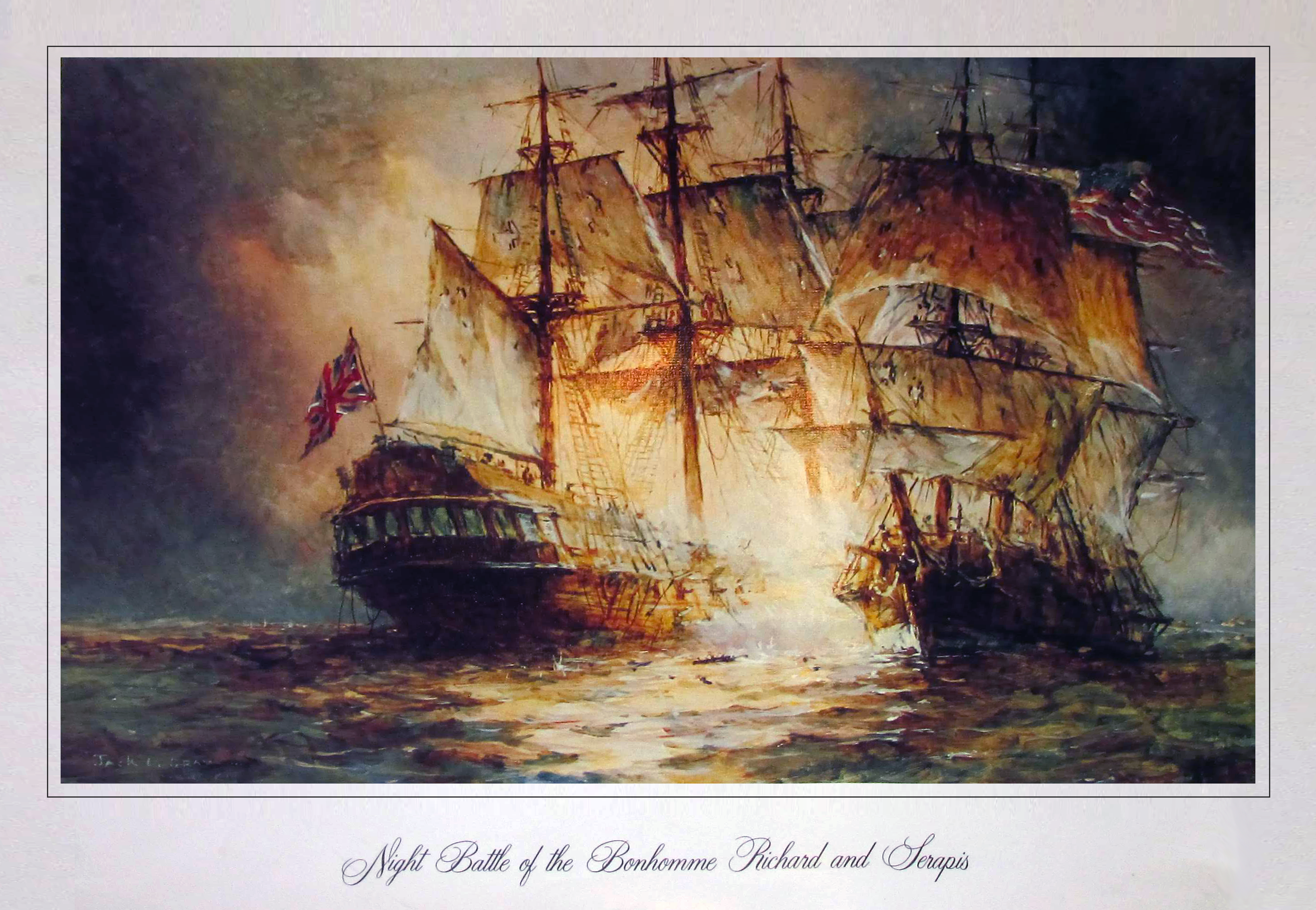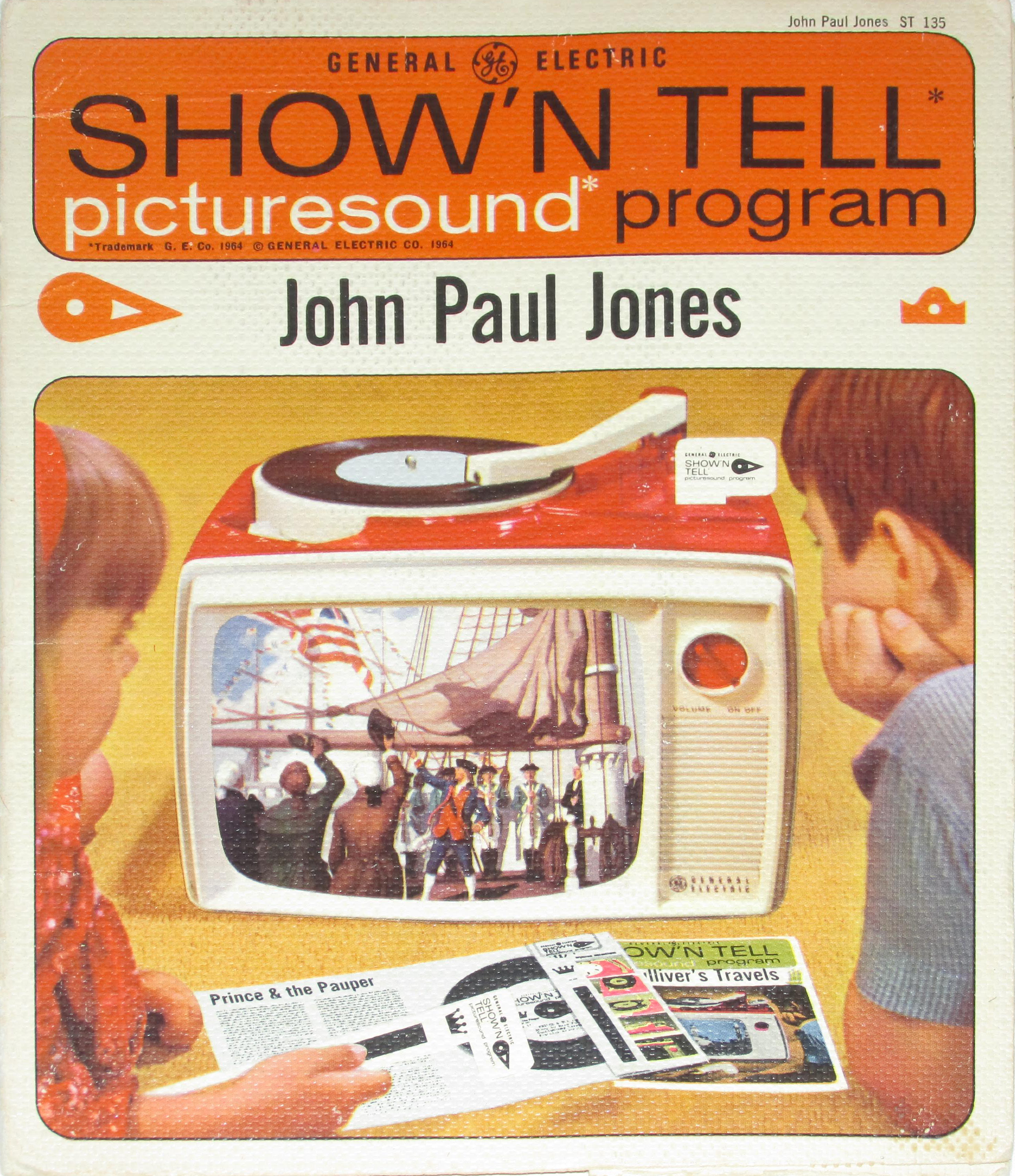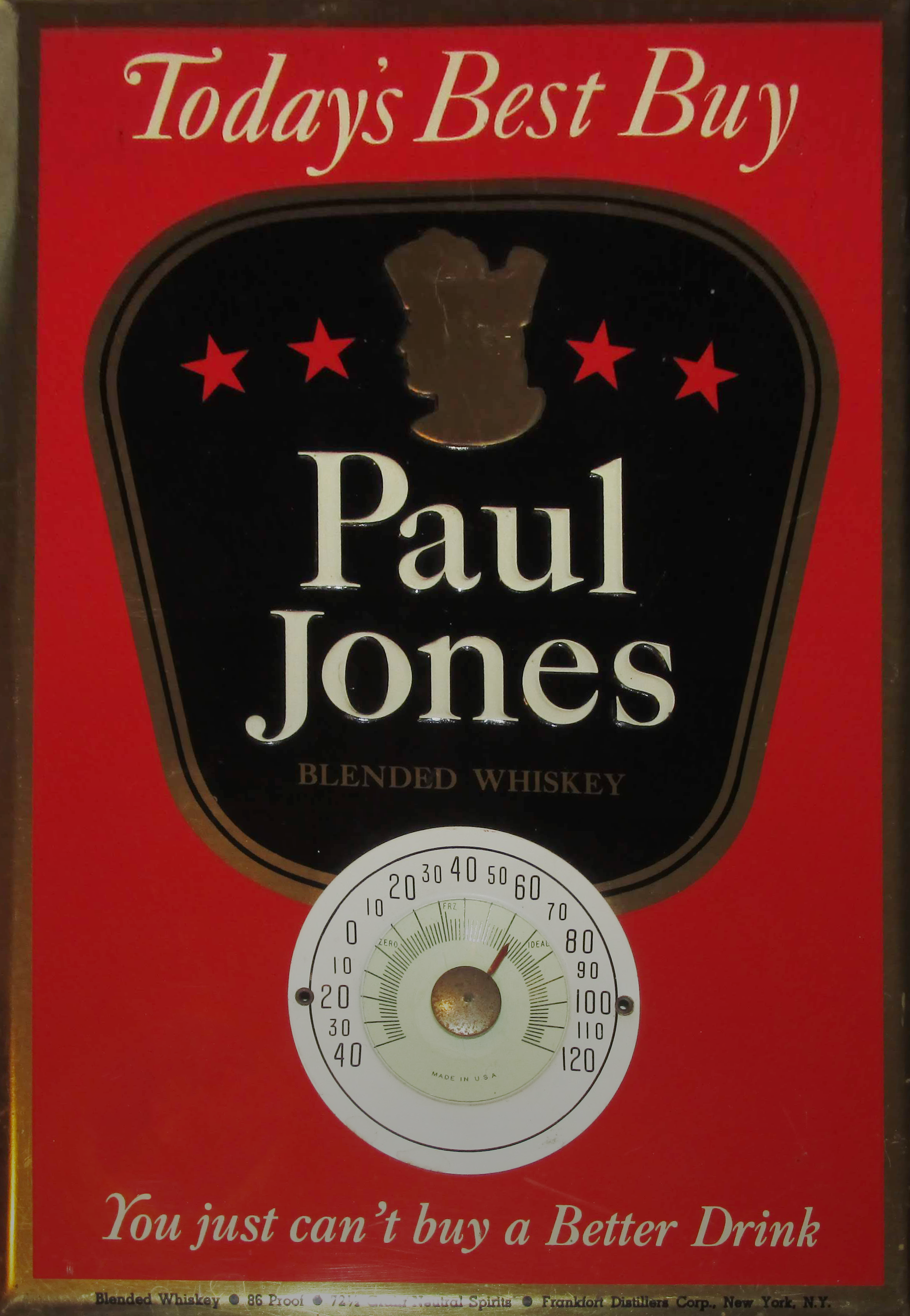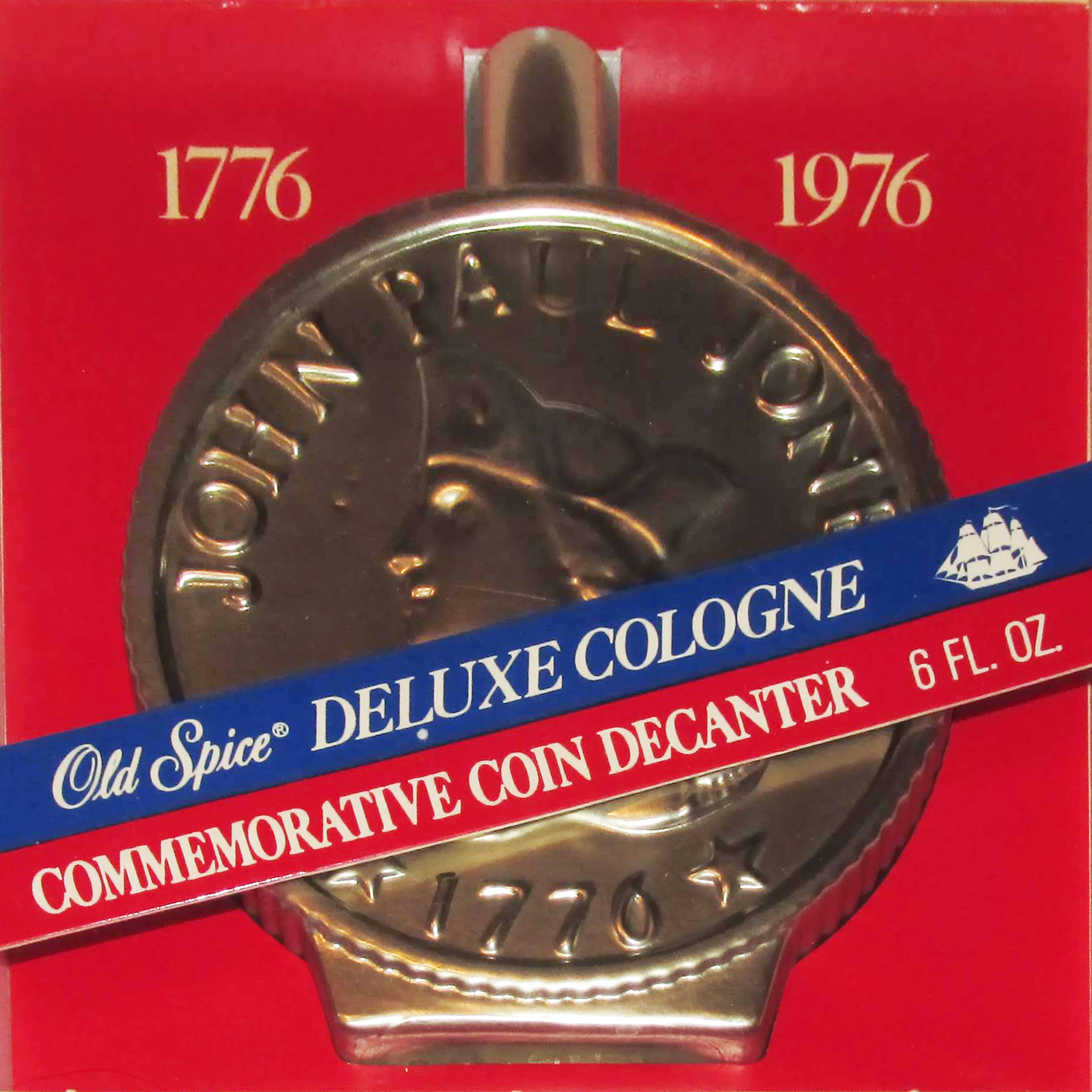John Paul Jones House
May 26—October 9, 2023
In 2021, Dr. James C. Bradford and his wife, Judith, gave the Portsmouth Historical Society a collection of some three hundred “collectibles” of many diverse kinds related to John Paul Jones (1747–1792). Most of the objects, dating from the mid to late twentieth century, reflect years of collecting such material by the donors. Dr. Bradford, a distinguished naval historian who has edited the papers of Jones, collected these examples of modern popular culture as a sideline to his professional academic work on the eighteenth-century naval hero. Much of the Bradford Collection will be on view this summer at the John Paul Jones House, where (according to tradition) the naval hero rented a room during his visits to Portsmouth in 1777 and 1781.

Jones, an important ship captain in the American Revolution and considered to be the founder of the U.S. Navy, was largely overlooked in the nineteenth century until his reputation was revived (and his body literally disinterred from a Paris cemetery and moved to Annapolis) in 1905. In the plates, bowls, mugs, decanters, soda cans, medals, models, prints, posters, puzzles, and other types of memorabilia in the Bradford Collection, we can see Jones’s career recounted and his reputation perpetuated. These souvenirs reach a wider audience than academic textbooks and lengthy scholarly biographies and have help keep the memory of Jones (and some of the myths surrounding him) fresh in the collective public’s mind.

Show’n Tell Picturesound Program produced by General Electric in 1964, which retains its original record. GE produced several “Libraries” of programs featuring historical figures as well as children’s fairy tales, children’s classics, along with scientific and other subjects.
Is Jones as well known (outside of naval circles) in 2022 as he was in 1976? Does Old Spice feature his name on their cologne any longer, as they did fifty years ago? The Bradford Collection exhibition—displaying the kinds of everyday, decorative objects often seen by millions and collected by many—allows us to see the various ways Jones has been regarded in the popular eye for the past century.

Advertising sign (“Today’s Best Buy / Paul Jones / Blended Whiskey / You Just Can’t Buy a Better Drink” and thermometer)
New York, ca. 1940s–50s
Tin, mixed media
The Dr. James C. and Judith R. Bradford Collection
This small metal sign, made for Paul Jones and Frankfort Distillers, is marked on the back “Place and Place, New York.” As with the many objects in the case to the left also issued by Paul Jones Whiskey, it features an image of Jones.
The diverse materials represented in the Collection tell us a great deal about the colonial revival writ large, the American Bicentennial of the 1970s in particular, and American taste, as well as Jones’s place in the pantheon of key figures of the American Revolution in the American imagination. Like other important Revolutionary personages, such as George Washington, Paul Revere, and Thomas Jefferson, Jones’s reputation has waxed and waned over time and been subject to reassessment.

Old Spice Deluxe Cologne Commemorative Coin Decanter featuring Jones. Made ca. 1976 for Shulton, Inc., of Clifton, N.J., it remains unopened, with its contents of 6 fl. oz. of cologne intact and protected by its original shrink-wrapping. Old Spice issued similar packaging honoring George Washington and Thomas Jefferson.
About the Donor:
Dr. James C. Bradford is professor emeritus of history at Texas A & M University, where he has taught since 1981. He grew up in northern Michigan and received degrees from Michigan State University (B.A., M.A.) and his Ph.D. from the University of Virginia. He specializes in naval, maritime, and early American history. He has taught in Malaysia and been a visiting professor at the Air War College, in addition to teaching study-abroad courses in France, Germany, Italy, and England.
An award-winning scholar, Dr. Bradford is the editor of The Papers of John Paul Jones and several volumes of essays on maritime history. He co-edits the book series “Studies in Naval History and Sea Power” (Naval Institute Press) and was president of the North American Society for Ocean History. A founding member of the Society for Historians of the Early American Republic, he was executive director of the organization from 1995 to 2004. His most recent publications include A Companion to American Military History (2010), and America, Sea Power and the World (2016).